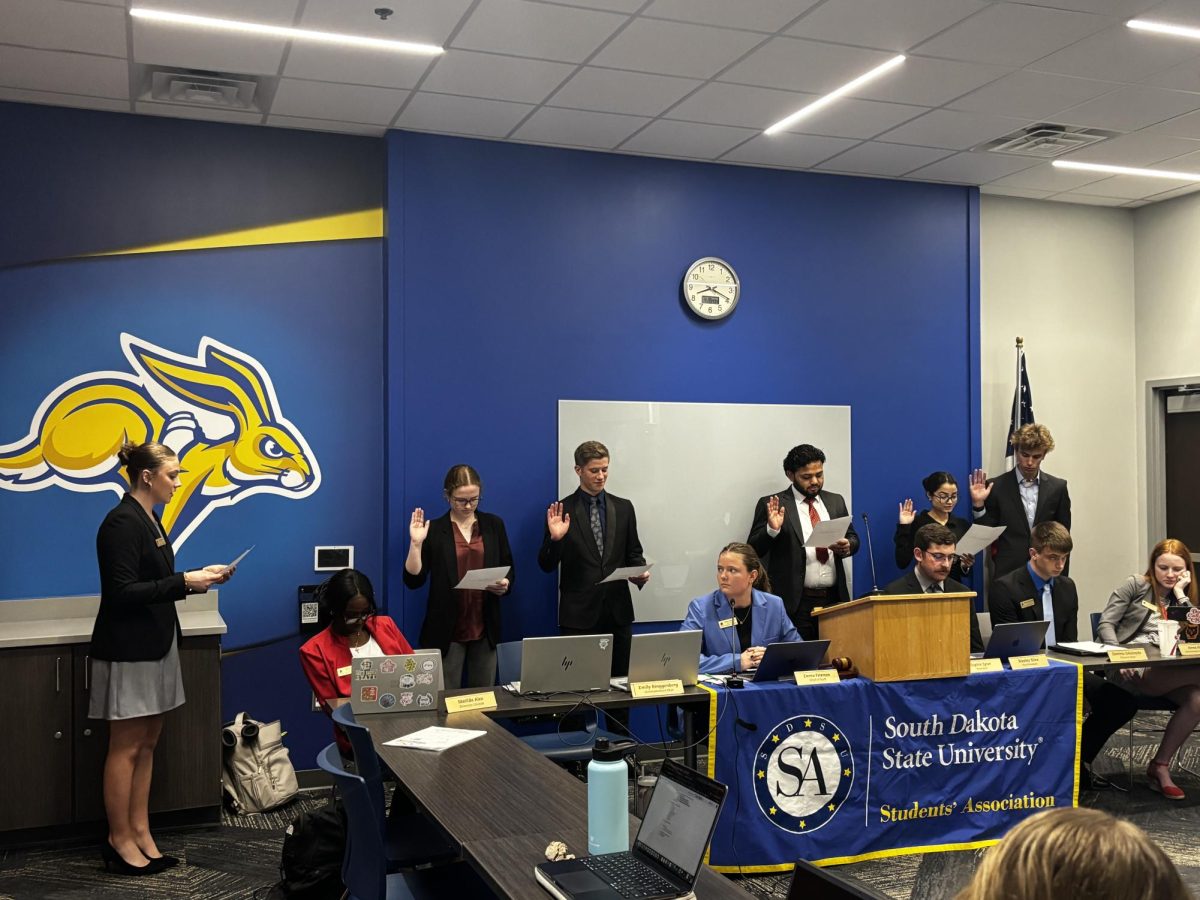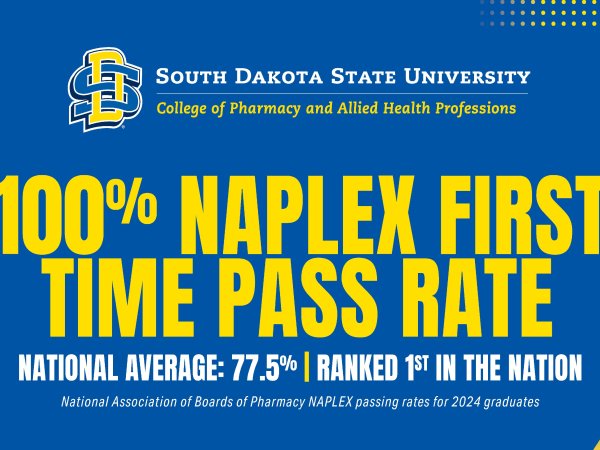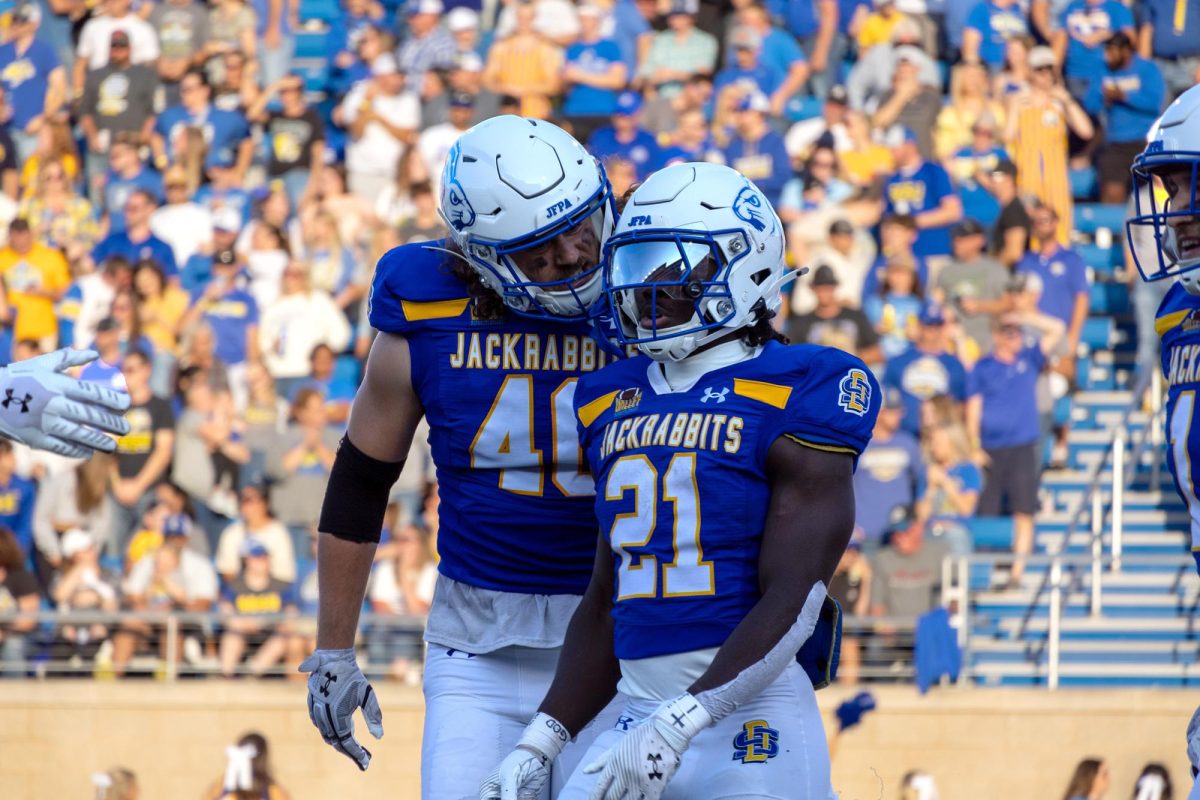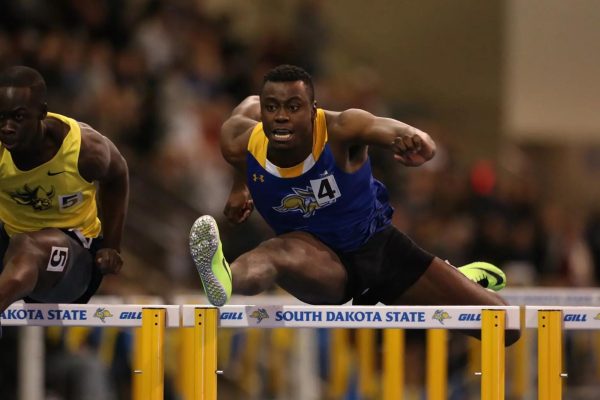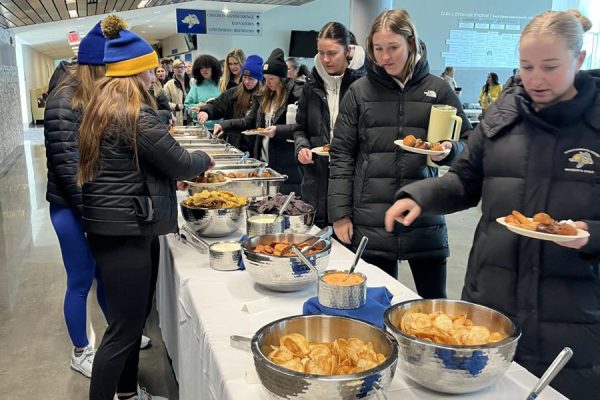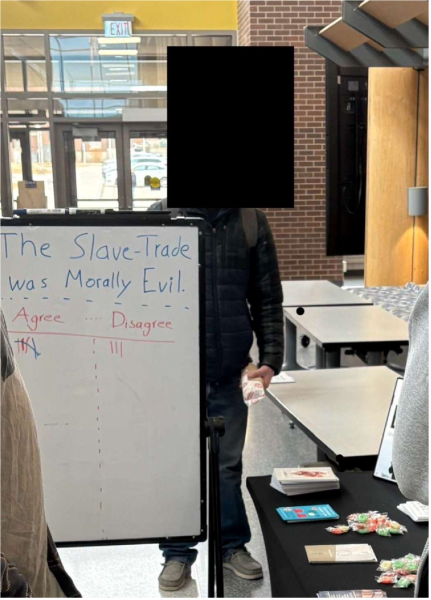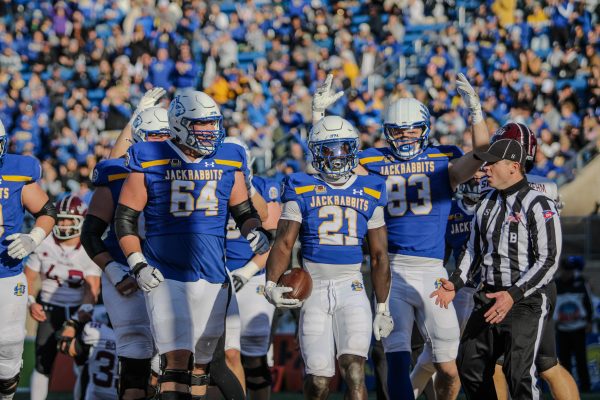More than milking cows
February 18, 2002
Tanya Marsh
Here to dispel one of the major myths of the Dairy Science world is Bob Baer, professor of Dairy Science. A native of urban New York, Baer said, “A person doesn’t have to have a farm background to be in dairy foods.”
Baer said anyone can work in the department, which is broken down into two sections: Dairy Production, which is the area of Dairy Science dealing with farms and cattle, and Diary Manufacturing, which concerns dairy foods and dairy products.
Of these two, “the area that we’re down a little bit in enrollment is Dairy Manufacturing,” Baer said.
The program’s main problem is the aforementioned stereotype, dairy production and animal science major Ann Harvey said.
“People think that you have to be from a dairy farm to be a Dairy Science student, so we need to get out and erase that [stereotype],” she said.
Baer agreed. “The biggest problem is our program doesn’t have much visibility – when you say Dairy Science, most people think milking cows.”
However, there is much more to the program than that, from creation of dairy products to taste-testing them.
To raise awareness of these options, Baer has begun new recruitment efforts.
“I started going to high schools. I go into the Ag classes in high schools and tell them about our program,” he said.
The visits are more than just talk, however. “I put on a little milk judging contest,” Baer said. “It’s been real neat getting into the high schools.”
The recruitment efforts are being used to boost the lower number of students in the program, now sitting at 55 students. Baer says there is already evidence that the work is paying off.
“I just started [visiting high schools] this year and it’s actually proving to be fairly effective,” Baer said, adding that he’s had students come to tour the campus and check out the program.
The visits aren’t the only tool Baer uses. “We also made up new departmental brochures and we’ve gone out with the Ag-Bio Ambassadors,” he said.
Another recruitment measure is scholarships.
“We have almost $40,000 in scholarships that our department gives out,” Baer said.
None of these are the most effective recruitment tool, though. Baer said,
“Our best recruiters are our own students that we have in our programs, just by word of mouth.”
Recruitment is made easier by the number of benefits the Dairy Science department has to offer students.
Harvey explained, “We’ve got one of the best placement ratings in the whole university.”
Baer said, “In the Dairy Foods area, we have a 100 percent employment placement and [about] $40,000 salaries.”
In addition to these benefits, Baer explained another plus. “We also have a summer internship program where students can work in dairy manufacturing plants or dairy farms in the Midwest and across the country.”
For example, Baer said, a student could land a summer job in the Wells Blue Bunny ice cream plant in LaMars, Iowa.
If students prefer to stay closer to home, SDSU has options for students.
“We have a fully operating dairy farm and dairy plant on campus,” Baer said, which creates the famous SDSU Dairy Bar ice cream.
All of these summer internships are a good deal, Baer said. “Students really get three things out of it – they get credit, they get paid, and they get experience.”




